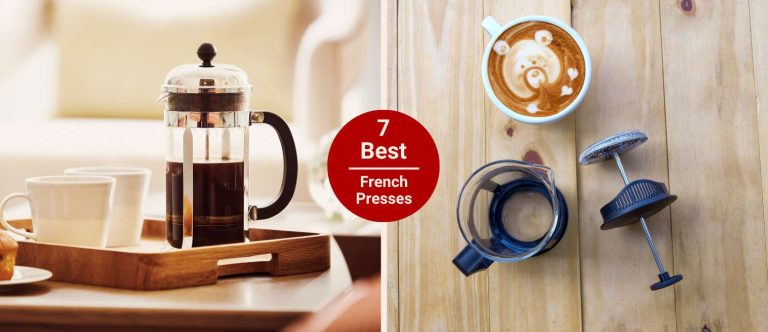11 Best Books on Coffee in 2025 (From Brewing to Barista)
Ever feel like learning coffee is like decoding a secret language?
When I started learning about coffee, I thought I’d just learn how to make a decent cup. Instead, I ended up down a rabbit hole of forums, YouTube channels, and contradicting advice.
One person swore by a 1:15 brew ratio, and another insisted on 1:17. Then came the jargon such as bloom, TDS, and extraction yield.
I remember thinking, Wait, am I studying for a barista exam I didn’t sign up for?
It was overwhelming. And honestly, it made me feel like maybe good coffee was only for people with fancy machines and science degrees.
But here’s the thing: I found some books that cut through the noise. Books that explained things clearly gave me confidence and actually made coffee fun again.
In this guide, I’ll share the best coffee books that helped me (and could help you) make better coffee, understand the craft, and enjoy the learning process. Whether you’re a total beginner or looking to fine-tune your pour-over skil, you’re gonna find something that clicks.
11 Top Best Coffee Books (Quick Glance)
Here’s your quick glance table. If you want to learn more about each book scroll down to read their summary.
| Book Title | Why It’s Worth Reading | |
|---|---|---|
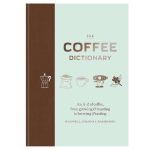 | 1 – The Coffee Dictionary by Maxwell Colonna-Dashwood | A beautifully organized A-to-Z guide covering terms, tools, brewing, and global culture. |
 | 2 – The Blue Bottle Craft of Coffee by James Freeman | Mixes storytelling with hands-on brewing tips, including Japanese methods like Nel drip. |
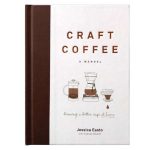 | 3 – Craft Coffee: A Manual by Jessica Easto | A practical how-to guide with approachable brewing techniques for beginners and pros alike. |
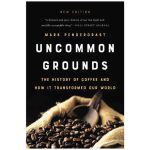 | 4 – Uncommon Grounds by Mark Pendergrast | A deep dive into coffee’s global history, politics, and influence on modern economics. |
 | 5 – God in a Cup by Michaele Weissman | Profiles third-wave pioneers and explores how specialty coffee reshaped the industry. |
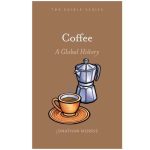 | 6 – Coffee: A Global History by Jonathan Morris | A concise yet rich overview of coffee’s journey through time, culture, and continents. |
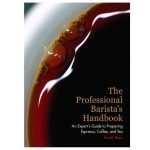 | 7 – The Professional Barista’s Handbook by Scott Rao | The go-to book for beginner and intermediate roasters—profGo-to guide for serious espresso lovers. Covers extraction, milk texturing, and workflow. |
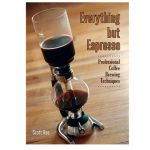 | 8 – Everything But Espresso by Scott Rao | Focuses on manual brewing—pour-over, French press, steeping—and dialing in flavor. |
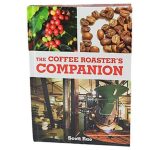 | 9 – Coffee Roaster’s Companion by Scott Rao | Essential reading for beginner-to-intermediate roasters. Includes profiles and cupping. |
 | 10 – Coffee Art by Dhan Tamang | Step-by-step latte art book with over 50 designs by a five-time UK champion. |
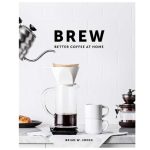 | 11 – Brew: Better Coffee at Home by Brian W. Jones | Beautifully designed and beginner-friendly. Perfect for going from pods to pour-over. |
Best Coffee Books for Brewing Techniques
1 – The Coffee Dictionary by Maxwell Colonna-Dashwood
I’ll be honest—at first, I didn’t think I’d enjoy this book. I mean, The Coffee Dictionary? The name alone gave off textbook vibes. But once I cracked it open, I realized it was the exact opposite: this book is packed with interesting coffee knowledge that flows way better than you’d expect from something labeled a “dictionary.”
Written by Maxwell Colonna-Dashwood (yep, the same guy behind Colonna & Smalls). This book is an A-to-Z guide covering coffee terms, brewing techniques, origins, processing methods, and even quirky stuff like Coffee X—a legit project to brew coffee in space.
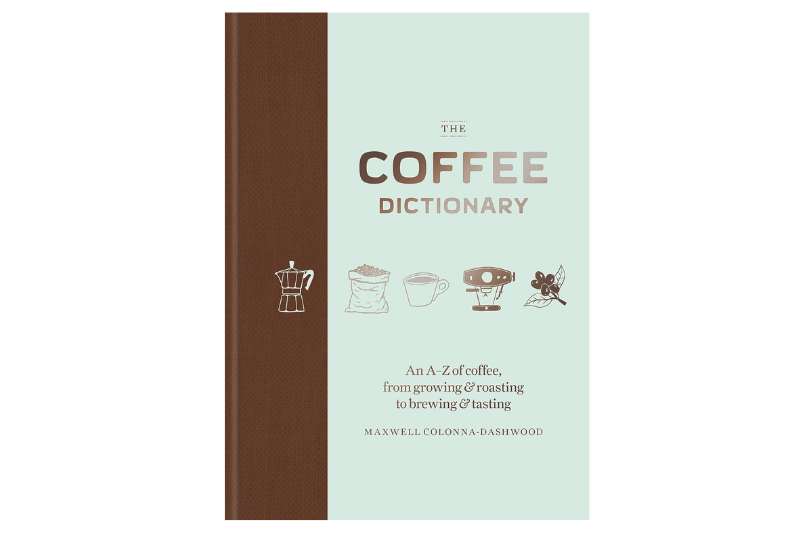
Every page is a neat little rabbit hole. One second, you’re reading about espresso channeling and the next, you’re deep in a section about coffee genetics or the olfactory system. It’s wild how much ground it covers.
What surprised me is how readable it is. You can flip to any term and just start there or read it cover-to-cover like I did. And for someone who already knows the basics, this book helps deepen your understanding.
For example, I learned more about naked portafilters and why they’re useful (turns out regular portafilter spouts can hide channeling and debris buildup—who knew?).
It’s not preachy, either. Colonna-Dashwood doesn’t tell you there’s one right way to make coffee. He presents different perspectives. For instance, how cappuccinos are made around the world and lets you form your own view.
Whether you’re just starting your coffee journey or you’ve been brewing for years, The Coffee Dictionary is a book you’ll keep reaching for. I still go back to it when I forget a term or want a refresher on something like the Agtron scale or coffea eugenioides.
Bottom line: this one’s a gem. Insightful, practical, and just nerdy enough to be fun.
2 – The Blue Bottle Craft of Coffee by James Freeman
I picked this one up out of curiosity—and honestly, it’s now one of the most complete coffee books I own. The Blue Bottle Craft of Coffee isn’t just about how to make a great cup.
It’s part manual, part memoir, and part love letter to the craft of coffee. James Freeman, the founder of Blue Bottle, along with Caitlin Freeman and Tara Duggan, walks you through everything from coffee origins and processing to roasting at home.
Plus there’s a big nod to Japanese brewing culture, which isn’t something you see in most coffee books.
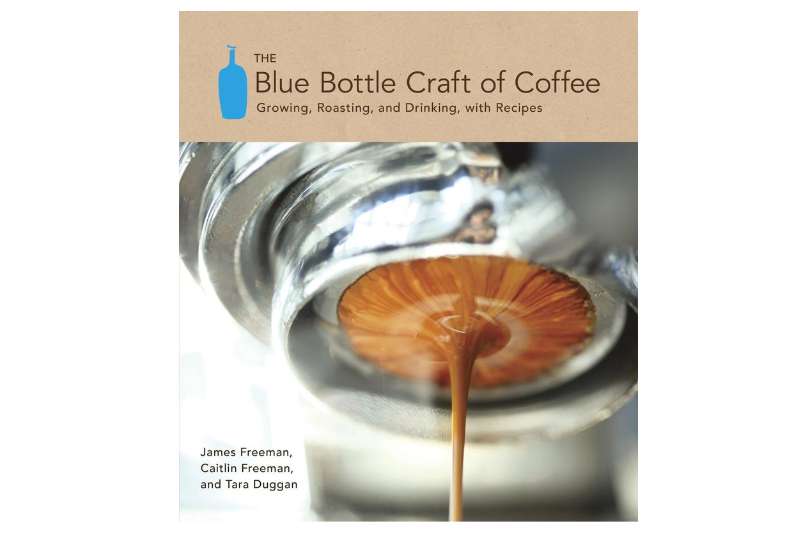
What stood out to me was how Freeman shares personal stories alongside his brewing tips. You’re not just learning about pour-over or siphon coffee—you’re learning how he learned it and why it matters to him.
His sections on the Nel Drip and siphon brewing were especially fascinating. I had never even heard of the Nel Drip before this book.
It’s brewed with a flannel filter and requires a real patience-is-a-virtue mindset. However, once I read about its use in Japanese coffeehouses (like Chatei Hatou), I had to give it a try.
The roasting chapter was also a gem. Freeman doesn’t just explain temperature curves and development time. Instead, he talks about what roasting means to a small-scale coffee business and even shares how Blue Bottle approaches it.

There’s a short but sweet guide for home roasting, which honestly made me want to order green beans and start roasting right there. (I didn’t. The smoke, man.)
One thing to note: the book leans more on stories and beautiful imagery than on heavy diagrams or charts. It’s not a dense technical read, and that’s actually what I liked most about it.
If you’re the kind of coffee lover who enjoys hands-on brewing and wants to understand not just the how but the why behind each method—this book’s a great pick.
3 – Craft Coffee: A Manual by Jessica Easto
When I first started brewing specialty coffee at home, I honestly didn’t know what I was doing. I had a V60, a French press, and a gooseneck kettle that looked cool but didn’t magically make good coffee.
That’s where Craft Coffee: A Manual came in and changed everything for me.
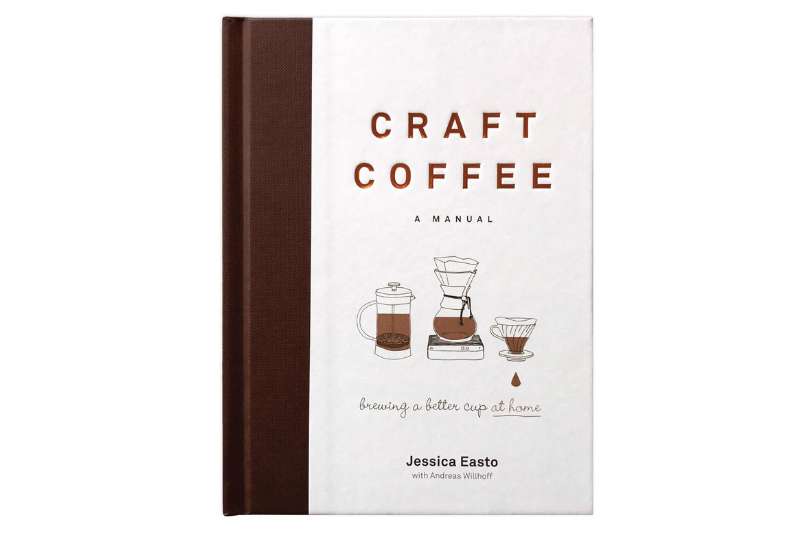
Jessica Easto (with brewing help from Andreas Willhoff) breaks things down in a way that’s both detailed and beginner-friendly. She explains stuff like brew ratios, extraction, and grind size without sounding like a chemistry textbook.
I used to eyeball my coffee scoops, but that usually meant under-extracted coffee.
The book got me using a digital scale, taught me about the importance of water temperature, and gave me actual recipes that I could follow without second-guessing every step. One of the coolest parts is how it compares different brewing methods side by side.
Each method, from V60 to Chemex, Aeropress, French press, and even the siphon, is explained with diagrams, background history, and a simple recipe to try.

I never thought I’d enjoy learning about things like the coffee brewing control chart, but here we are.
Anyway, whether you’re just stepping into the world of home brewing or you’ve been at it for a while and want more control over your cup, Craft Coffee is one of the most helpful, non-pretentious guides out there.
Best Books for Coffee Origins & History
4 – Uncommon Grounds by Mark Pendergrast
I picked it up thinking I’d skim a few chapters to get a feel for coffee’s past. But what I got was a full-on crash course in how coffee shaped economies, politics, and even wars.
Uncommon Grounds is dense, no doubt, but it’s probably the most thorough and eye-opening look at coffee’s global history you’ll find.
Mark Pendergrast starts way back from the origin stories in Ethiopia. Next, he works his way through the rise of Starbucks and the third-wave coffee movement.

Along the way, he paints a clear picture of how colonialism, slavery, and later corporate greed were all tangled up in coffee’s journey.
The section about Latin America and the U.S. government’s role in shaping coffee economies had me both fascinated and kind of floored.
I had no idea countries like Guatemala and Brazil were so tied to coffee that their economies practically rose and fell with the crop.
What hit hardest was how often farmers lost out. From boom-bust cycles to valorization schemes in Brazil (where beans were held back to control prices), the stories made me rethink what “fair trade” should mean.
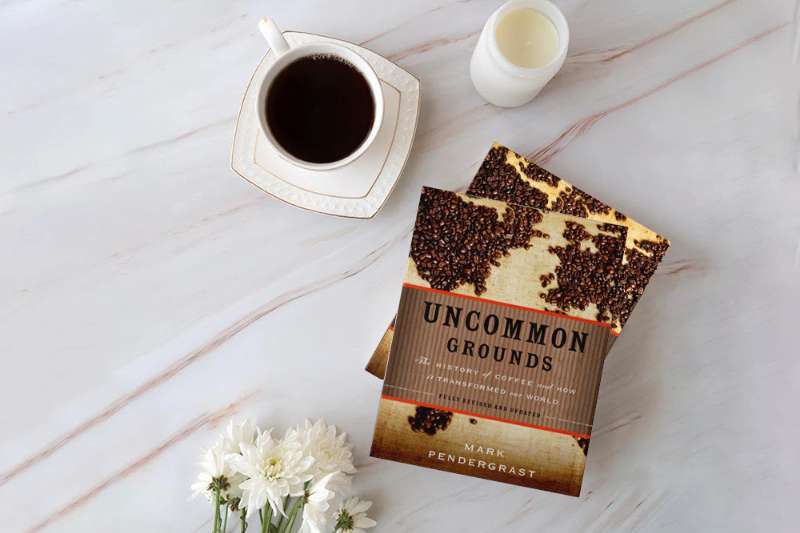
And the advertising history? Wild. Apparently, Maxwell House used to sponsor entire radio shows, and early coffee ads were often… very sexist, to say the least.
Pendergrast doesn’t hold back, either. He dives into the shady politics of the International Coffee Agreement, explains how instant coffee boomed, and even touches on how health myths influenced consumption patterns (hello, decaf craze of the ’80s).
It’s packed with names and dates, but somehow still reads like a series of vivid stories
This isn’t the book that’ll teach you how to make a better cup of coffee. However, it will make you appreciate every sip in a new way. If you’re even a little curious about coffee’s cultural impact, this book’s a must.
5 – God in a Cup by Michaele Weissman
God in a Cup isn’t your typical coffee manual. Instead, it feels more like a mix of travel stories and behind-the-scenes reporting on the world of third-wave coffee.
Michaele Weissman follows the journeys of some of the most influential specialty coffee pioneers. For instance, Stumptown, Intelligentsia, and Counter Culture. And what I loved most was how human the whole thing felt.
These weren’t just brand names anymore. They were people. People who cared a lot about quality, sustainability, and doing things the hard way when it meant doing them right.

One moment that stuck with me was reading about Duane from Stumptown and his choice not to expand to San Francisco because it felt too far from the source.
That kind of restraint, in a world that’s all about scaling fast, felt rare and honest. The same goes for Peter from Counter Culture. For him, it was a place where he finally fit. These weren’t guys chasing trends.
They were building relationships with farmers, pushing for traceability, and showing up at places like the Cup of Excellence to cup coffees that could score above 90.
The section on Geisha coffee opened my eyes, too. I’d heard the hype, sure, but this book showed me why it deserves the fuss.
Weissman talks about the risks farmers take, the cultural divides buyers have to navigate, and the real logistical nightmares involved in sourcing these exceptional coffees.

She doesn’t sugarcoat it. There are language barriers, missed shipments, and regions like Yemen where safety is a daily concern.
What makes God in a Cup powerful, though, is the way it connects everything. From farm to café, Weissman shows how every person in the chain, such as farmers, buyers, roasters, and baristas, is trying to do good work, even when it doesn’t pay all that well.
She even touches on the wholesale side of things, how Counter Culture roasts to meet restaurant profiles, and how Stumptown refuses to partner with folks who won’t meet their standards.
If you’ve ever wondered what makes third-wave coffee different—or what it takes to get a perfect pour-over on your café table. Then this book gives you the real behind-the-scenes look.
6 – Coffee: A Global History by Jonathan Morris
First, I expected a dry and academic read. However, this book turned out to be one of the most readable and insightful books I’ve picked up about coffee’s past and present.
Jonathan Morris, who’s a professor and knows his stuff. He does a great job of blending facts, cultural stories, and historical context without ever making it feel like a lecture.

The book follows coffee from its early origins in Ethiopia to its rise as a global commodity, covering everything from colonial trade routes to the modern specialty movement.
What I appreciated most was how Morris didn’t just focus on Europe or North America. Instead, he demonstrated how coffee culture evolved globally, from Islamic coffeehouses in the Middle East to the impact of instant coffee in post-war America.
I had no idea that coffee outsells tea in the UK by value. And mostly because of instant coffee. There’s also a good bit about how industrialization and marketing shaped what we drink today. From the Civil War boosting coffee demand in the U.S. to Starbucks reshaping global expectations.
The author shows how deeply coffee is tied to global trends, politics, and even identity. He talks about how coffee became more than just a drink. Rather, it became a social ritual, a status symbol, and even a political tool.

Also, there’s a short recipe section at the end, which is a nice touch. However, what really makes this book shine is its broad, global perspective.
It’s one of those books that helps you connect the dots between things you’ve heard in passing. For instance, Geisha beans, Fair Trade, or the rise of pod machines and places them all in a bigger timeline.
If you want a compact but rich overview of how coffee shaped the world (and how the world shaped coffee), this is a great one to add to your shelf.
Best Books for Baristas and Pros
7 – The Professional Barista’s Handbook by Scott Rao
If there’s one book that completely flipped how I think about espresso and milk texturing, it’s The Professional Barista’s Handbook by Scott Rao.
This book is dense, practical, and brutally honest. I bought this when I was trying (and failing) to get decent microfoam on my new machine.
I kept blaming the gear; maybe the wand wasn’t powerful enough, or maybe my pitcher was the problem. And guess what? It was me.

Rao’s breakdown of milk steaming is so precise that within 24 hours of following his instructions, I was pulling silky, latte-art-ready foam like a total pro.
He doesn’t just say “stretch the milk”. He explains what that means, when to stop, how the texture should feel, and why it all matters.
And that’s kind of Rao’s style across the whole book. Whether it’s espresso extraction, grind distribution, or workflow behind the bar. Everything is explained in a way that sticks.
The author covers channeling, blooming, dose-to-yield ratios, even workflow efficiency in a café setting. It’s technical, but not overwhelming as long as you’re willing to read slow and maybe reread a few times.
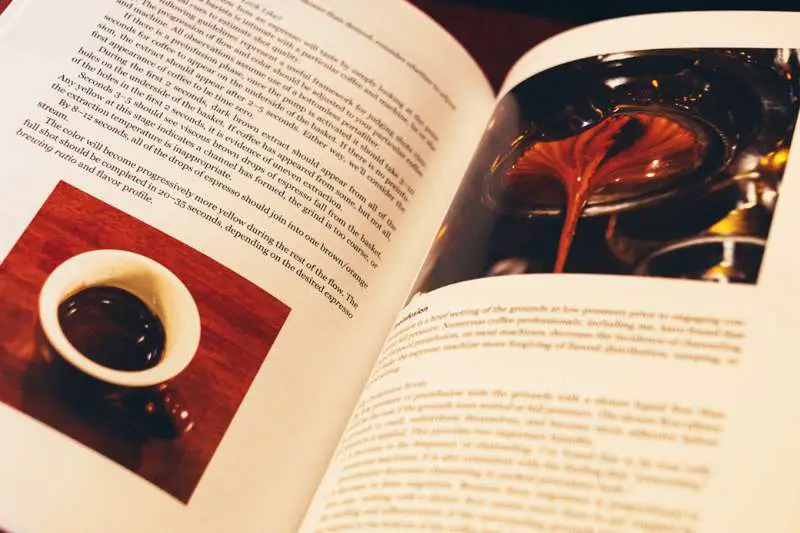
One thing I appreciate is how Rao cuts through a lot of the “coffee folklore.” You know, the stuff you hear from forums or YouTube that people repeat without really testing.
He also backs everything with experience. Since he has roasted and brewed thousands of batches and it shows.
If you’re serious about bettering your espresso skills, whether at home or in a café, this book is a must. It won’t hold your hand, but it’ll show you the map. And if you’re anything like me, it’ll save you months of trial-and-error frustration.
8 – “Everything But Espresso” by Scott Rao
A few years ago, I used to think pour-over was just “fancy drip coffee” and that French press was only good for weekend brunches. Back then, I picked up Everything But Espresso and it changed my whole brewing routine.
Rao doesn’t just give you recipes, he gives you the why behind the how, and that’s where things clicked for me.

The book dives into coffee extraction and flavor optimization like a mad scientist with a burr grinder. It explains stuff like rate of extraction, turbulence (yep, that’s a thing), and how grind size changes everything.
I started adjusting my water temperature by a few degrees. Sometimes 201°F, sometimes down to 195°F and suddenly my cup went from flat to fruity and complex.
One of the biggest lightbulb moments? The author breaks down the steeping time in a French press and how most people (including me) just let it sit for too long.
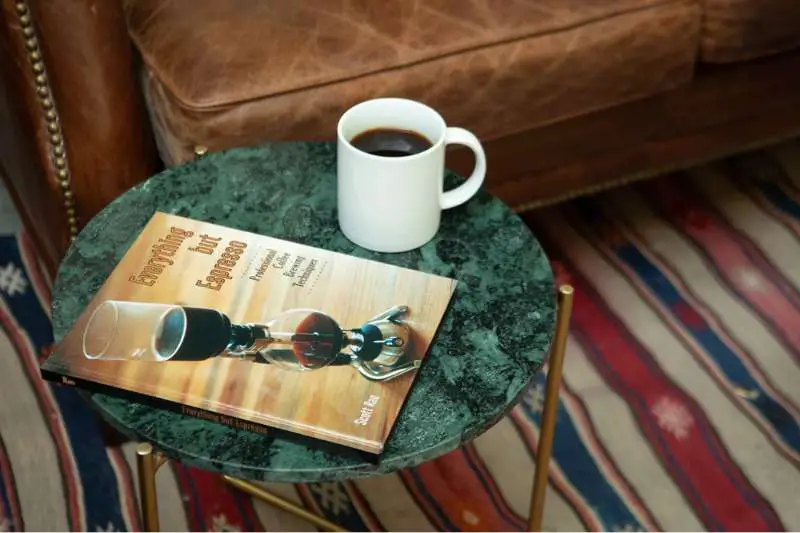
The fact is letting it brew for 4 minutes and decanting immediately made my coffee way cleaner, without that gritty sludge at the bottom.
Furthermore, he talks a lot about water chemistry. I thought filtered water was enough, but no. He explains how hardness, alkalinity, and pH can mess with your cup big time.
After reading his section, I started using Third Wave Water packets and it made a noticeable difference.
Bottom line: This book is dense but so practical. It’s for anyone who’s been winging it with their pour-over or wondering why their AeroPress coffee never quite tastes like the café’s.
9 – “Coffee Roaster’s Companion” by Scott Rao
I thought roasting coffee at home would be like baking banana bread. Follow a recipe, set a timer, and boom, fresh beans. Nope.
The fact is roasting is its own wild animal, and The Coffee Roaster’s Companion by Scott Rao is the manual I wish I had from the start.
The first time I tried roasting, I scorched a batch of Ethiopian Yirgacheffe so badly it smelled like burned popcorn and tasted… worse.

I didn’t understand rate of rise, I fiddled with airflow like it was a car stereo, and let’s not even talk about how I handled first crack.
Rao breaks this stuff down in a way that finally clicked. His emphasis on keeping a steady RoR and avoiding crashes or stalls changed everything for me.
Suddenly, I was tasting origin flavors instead of ash. I also like this book doesn’t throw around terms like “development phase” or “delta T” and leave you hanging.
Actually, the author explains what they mean, how they affect your roast profile, and why you should care. I also started logging every batch, cupping religiously, and adjusting my profiles based on flavor and not just bean color.
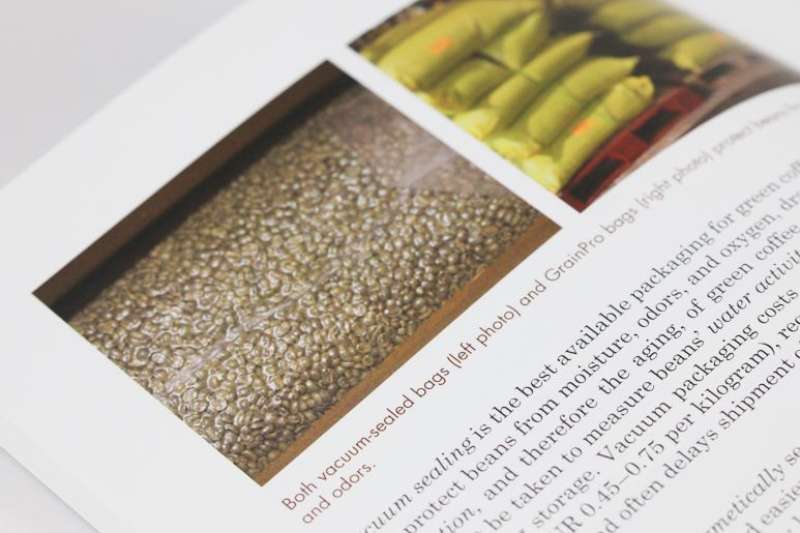
And yeah, it’s dense but in the best way. You’ll reread chapters, underline like crazy, and slowly build a sense of intuition for what your beans need.
If you’re using something like a Hottop or even a heat gun and bowl, this book respects your setup and still pushes you to level up.
Whether you’re dreaming of opening a roastery or want your home coffee to stop tasting like charcoal, The Coffee Roaster’s Companion is pure gold.
Unique or Niche Coffee Books
10 – “Coffee Art” by Dhan Tamang
I used to think latte art was just fluff. Like, cool to look at, sure, but totally unnecessary when all I wanted was caffeine in my veins.
But then one day I saw a barista pull a dragon into a cup of flat white, and something clicked. I had to figure out how on earth that was possible.

So, Dhan Tamang’s Coffee Art became my favorite book. This book is hands-on, practical, and broken down in a way even an uncoordinated beginner could follow.
The book walks you through the basics. For example, how to get the perfect milk texture (hint: don’t overheat), why your espresso crema matters, and how your pour height changes everything.
The step-by-step designs start out simple, such as hearts, tulips, and rosettas, but they build up quickly. Before I knew it, I was messing around with etching tools, learning how to do a layered pour, and even tried my hand at a 3D bear made of milk foam (let’s say… it looked more like a collapsed sheep, but I was proud).
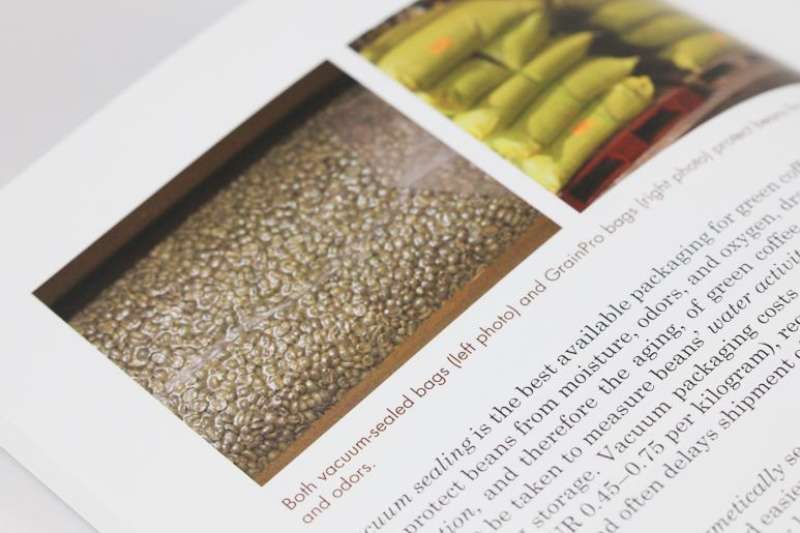
Furthermore, he shares tips on using color and stencils if you want to get wild. This book is part skill guide, part inspiration boost.
Whether you’re a home barista trying to impress guests or a café owner wanting to up your coffee presentation, this is the kind of resource that makes latte art feel possible. And fun.
11 – “Brew: Better Coffee at Home” by Brian W. Jones
What I love about this book is how approachable it is. It doesn’t assume you already know what a burr grinder is or that you’ve memorized every coffee origin on the planet.
Brian walks you through things like grind size, brew time, and why water temperature matters more than you think. It’s the perfect bridge from pod machines to manual brewing.

The step-by-step guides are short and crystal clear. I’ve used the French press instructions more times than I can count, especially when I forgot whether I was supposed to stir before or after the bloom.
Also, the design is stunning. And while it doesn’t go deep into roast science or gear comparisons, that’s kind of the point. If you want to stop Googling “how to use a pour-over” every weekend and get good at making tasty coffee, this one’s for you.
What to Look for in a Coffee Book?
Here’s what I’ve learned to look for when choosing a solid coffee book, whether you’re just ditching your pod machine or getting serious about home roasting.
Level of Depth: Beginner vs. Professional
If you’re new to coffee and want to keep things light and digestible, go for something like “Brew: Better Coffee at Home” by Brian W. Jones. It’s clean, beginner-friendly, and won’t drown you in technical jargon.
Another great one is “Coffee Art” by Dhan Tamang, especially if you want to play with latte art but don’t know where to start. It comes with lots of pictures, step-by-step, and no stress.
On the flip side, if you’re ready to go full coffee nerd, “The Professional Barista’s Handbook” by Scott Rao is the real deal.
Also, “The Coffee Roaster’s Companion” digs deep into roast curves, airflow, and all the stuff that’ll either fascinate you or fry your brain (in a good way).
Focus Area: Brewing, Roasting, History, Culture
Some books try to cover everything but the best ones pick a lane and go all in. If you’re into brewing, grab “Everything But Espresso” by Scott Rao. Roasting? Go straight to “The Coffee Roaster’s Companion”.
For coffee history or culture, “Coffee: A Global History” by Jonathan Morris does a great job of connecting the dots between coffee and the world.
And if you want storytelling with your beans, “God in a Cup” offers a behind-the-scenes look into the third wave movement.
Updated Techniques and Gear References (2025 editions or reprints)
Coffee gear evolves slowly, sure, but still. You want books that don’t feel stuck in 2010. Rather look for recent editions or reprints with 2025 updates.
Scott Rao’s works, even the older ones, still hold up. However, it helps to pair them with current online forums for gear recs. Meanwhile, books like “Brew” and “Coffee: A Global History” are updated or evergreen enough to still be useful in 2025.
Just check the publication date. If they’re talking about whirly-blade grinders as a good idea? Might be time to move on.
Last Thoughts
Have you read any of these titles? Did one totally change how you brew your morning cup?
Or maybe there’s a hidden gem I missed, then drop it in the comments. I’m always up for adding another book to the stack.






